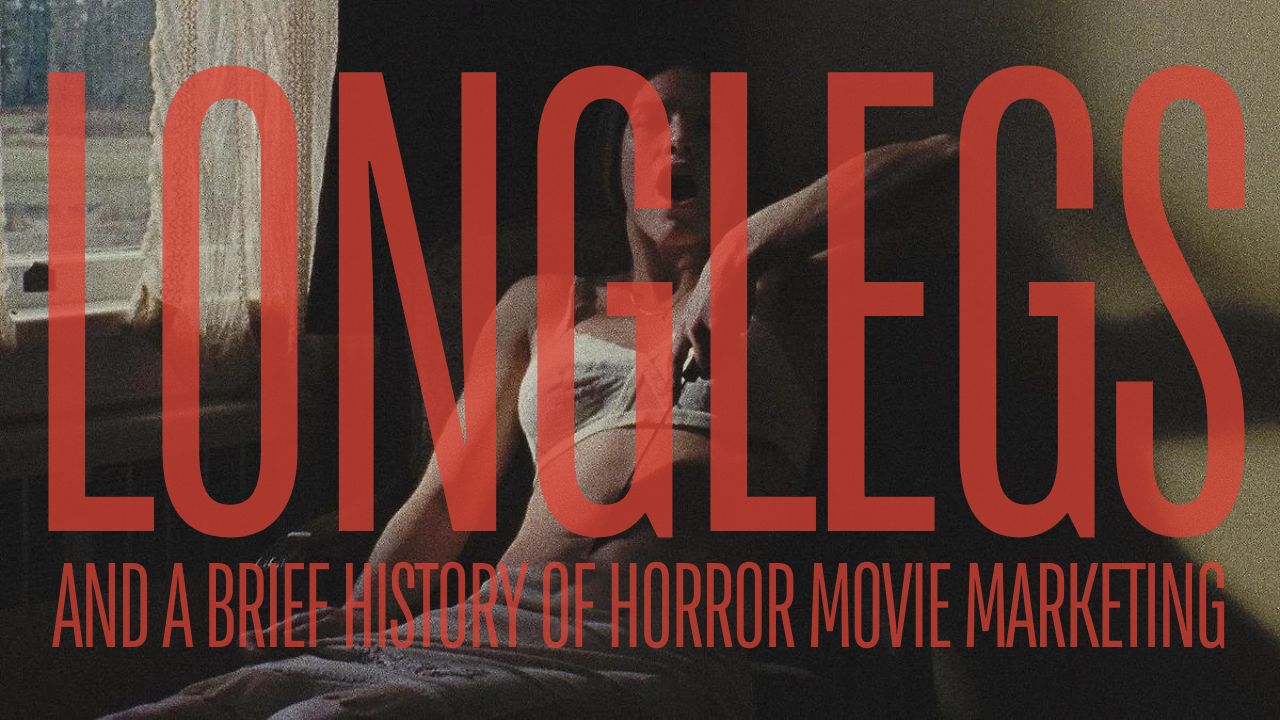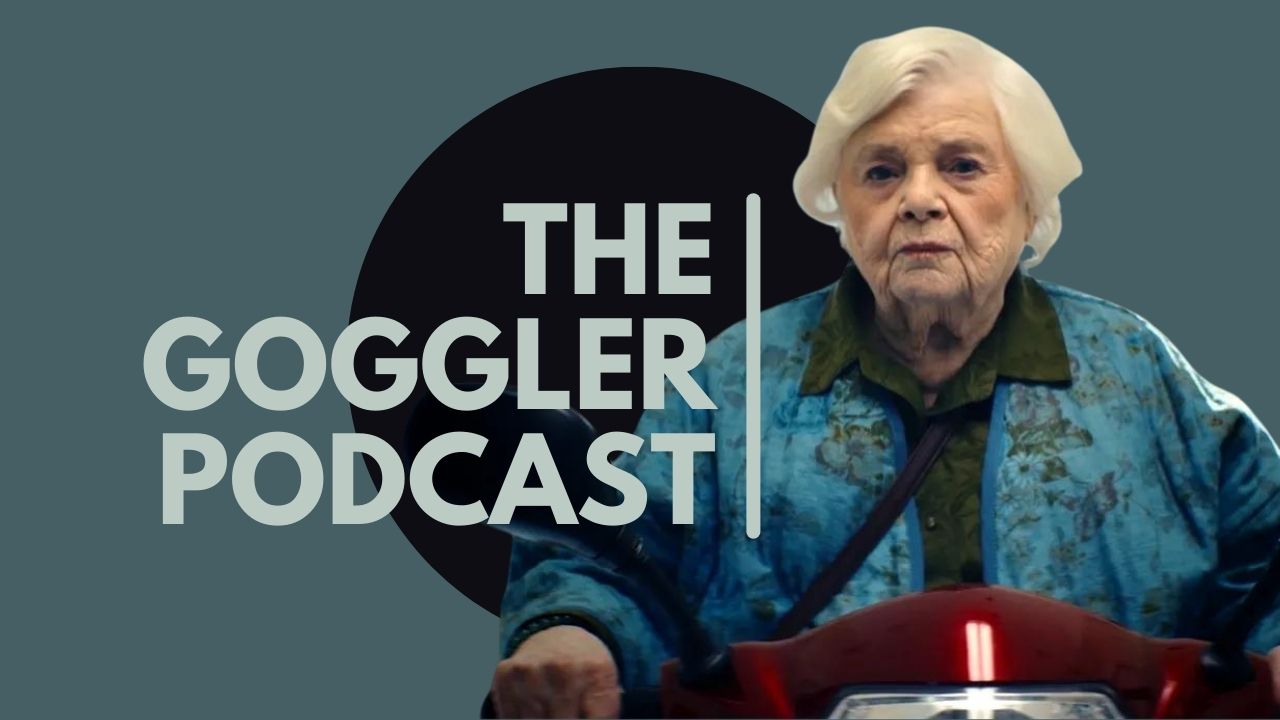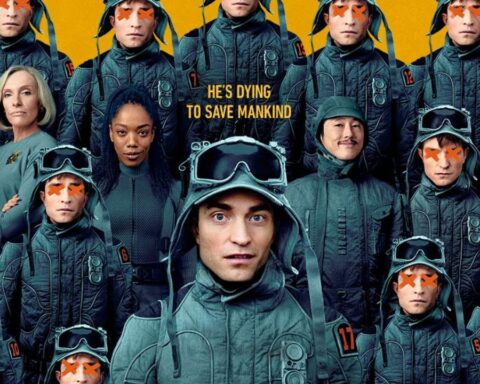On January 6th, 2024, NEON unveiled a video titled, “Every year there is another,” featuring flashes of a family portrait, cryptic symbols, a muffled and chilling 9-1-1 phone call, all while keeping the film’s title under wraps. Throughout January, they continued to release teasers with eerie whispers and unsettling images of dead bodies.
It wasn’t until February, with the release of some creepy posters, did we discover that the film in question was Longlegs, directed by Oz Perkins, and set to be released in July 2024. Prior to these reveals, our knowledge of this film was limited to its basic premise and its cast, which included Maika Monroe and Nicolas Cage.
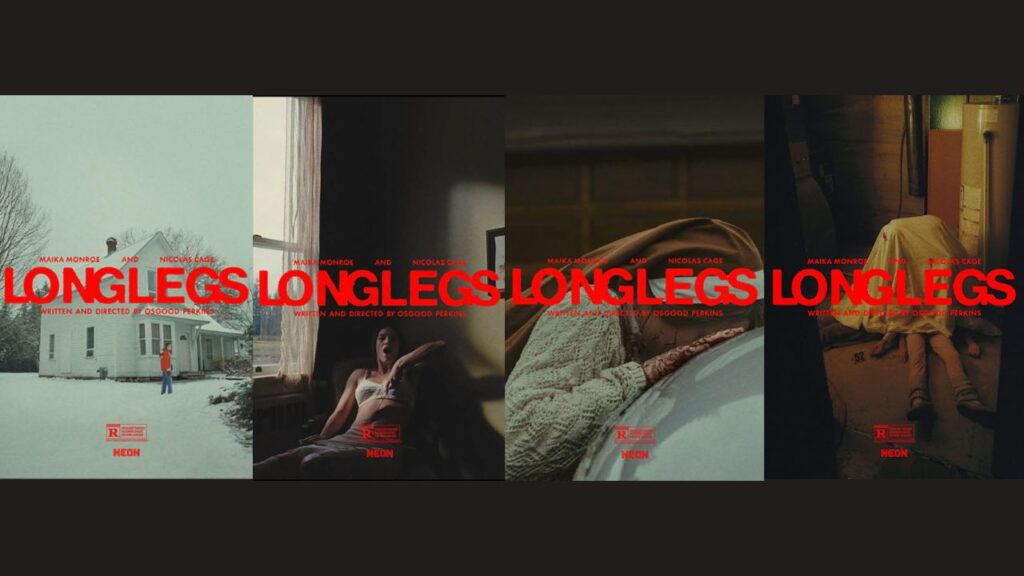
What followed was a marketing campaign that involved a series of reality-bending puzzles that added a new layer to the horror that was to come. It was instantly captivating, and I was quick to jump on the bandwagon of solving these enigmatic clues.

In June, the campaign escalated with billboards in Los Angeles, urging people to call the number 458.666.4355. When dialed, listeners were greeted by whispered threats from Nicolas Cage’s titular serial killer Longlegs, ominously saying, “There she is! What’s your name, Little Angel? Nice to meet you. Ohh… I’ll be. Waiting.”
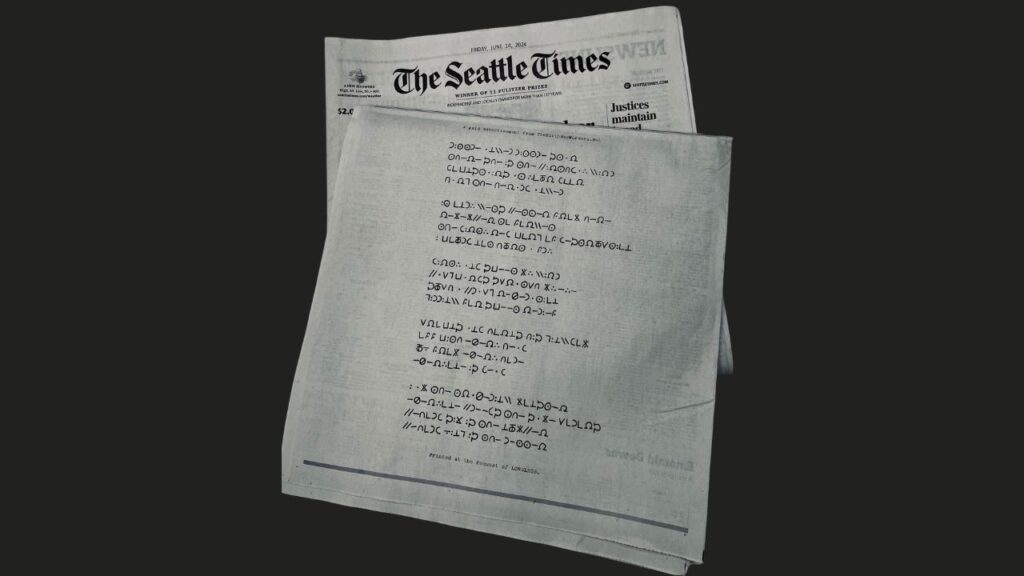
The printed promotional efforts extended to The Seattle Times, where a half-page ad with cryptic messages was featured – Zodiac style! – which concludes with the phrase, “Printed at the request of Longlegs.”
And then there was the website, “The Birthday Murders”, which hosted an absolute treasure trove of information. This ’90s-style blog unleashed details about the victims, suspects, and offered five locked, downloadable files that were chock full of easter eggs. You even had to decode the symbols on the filenames in order to get the passwords for you to unlock them.
Inside, there were additional crime scene photos, bible pages, and singing clips, all of which hint at the film’s direction for those who have seen it. The website’s reality-bending nature became evident when, on July 15th, it was updated to reveal that its creator, a follower of Longlegs, called themselves “A friend of a friend.”
The final cherry on top was NEON releasing a recording of Maika Monroe’s heartbeat racing as she meets Nicolas Cage’s Longlegs for the first time. This immediately went viral, convincing us that this would be the scariest film we’ll watch this year. And what do you know? Longlegs opened at the top of the American charts… after Despicable Me 4.
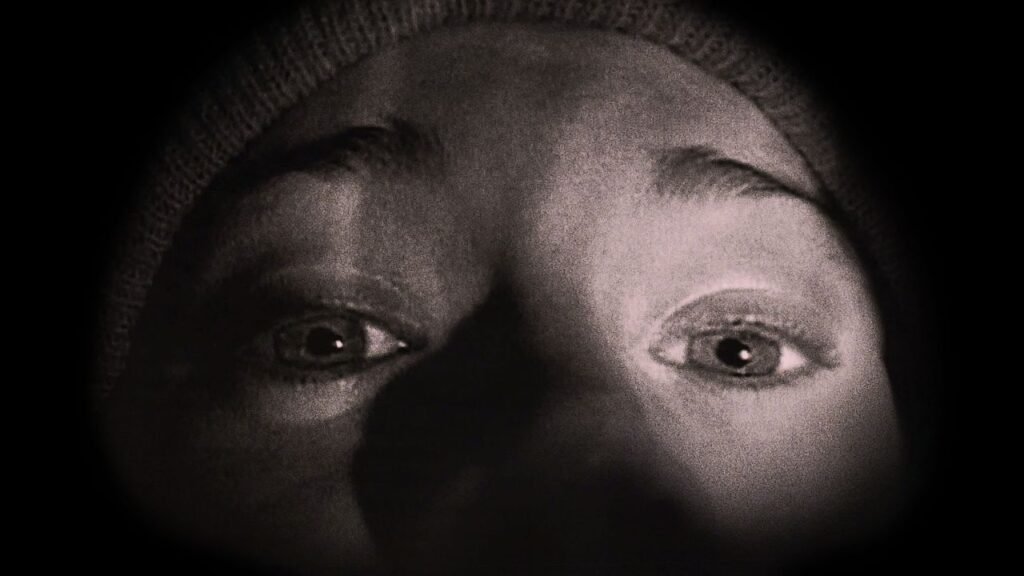
Now this isn’t the first time a horror marketing campaign has had this kind of success.
When it comes to this subject matter, one must tip their hat to the iconic found-footage film, The Blair Witch Project (1999), which arguably pioneered this sort of approach. Directors Eduardo Sanchez and Daniel Myrick ingeniously wove a web of mystery by distributing leaflets about missing students, sparking rumors in chat forums, and launching an official website brimming with theories, mythology, and student profiles.
They masterfully introduced the local legend known as “The Blair Witch” into the public psyche, while crafting a narrative that the film itself was composed of audio and video tapes found by the police. For a while, these reality-bending actions made the missing students seem real. By the time the film hit theaters, the marketing had already cast its spell. It was made on a modest budget of US$60,000 and raked in a staggering US$248.6 million. Though the original website has been quietly taken offline, you can still access it through this Internet Archive.
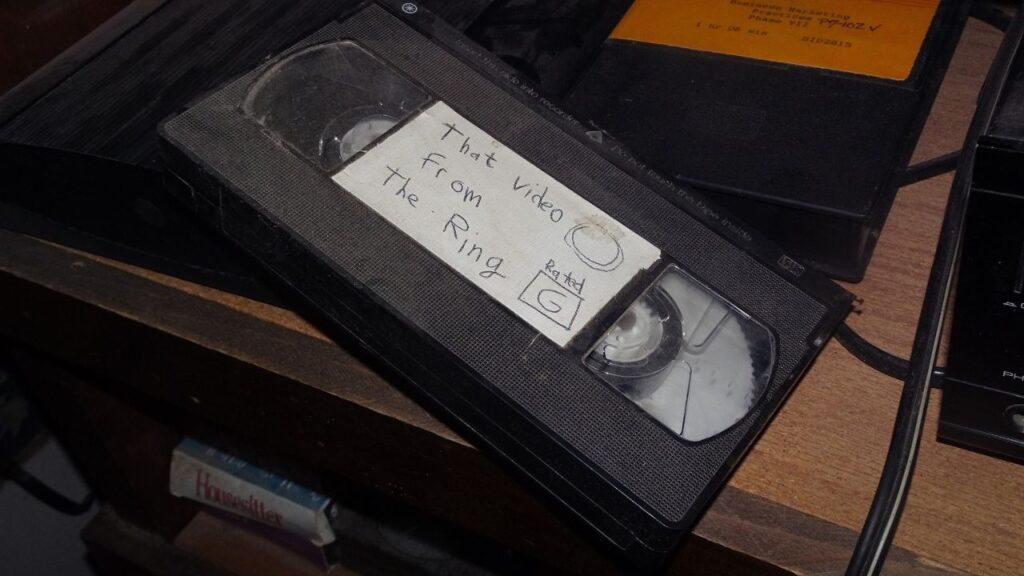
Some other marketing strategies have taken a more physical approach, like the one used for The Ring (2002), the American remake of Ringu (1998). The campaign involved leaving VHS tapes of the “cursed video” in random places for people to find. Upon watching, the footage would direct viewers to disturbing websites, each filled with creepy stories from victims of the curse. The tape was also aired without context between late-night TV shows for a month, leaving American audiences baffled and intrigued.
Another recent campaign was for the movie Smile (2022), a film that uses smiling as a demonic and contagious vessel. To market this, Paramount took a bold approach by planting actors at various live sporting events across America, who would maniacally and disturbingly smile directly at the cameras during half-time.
With Paranormal Activity (2009), the studio decided to break the fourth wall even further. They began by releasing the movie only in limited locations, and director Oren Peli encouraged fans to demand that be shown in their cities via an online campaign. The strategy paid off, and two months later, the film was released worldwide in theaters.
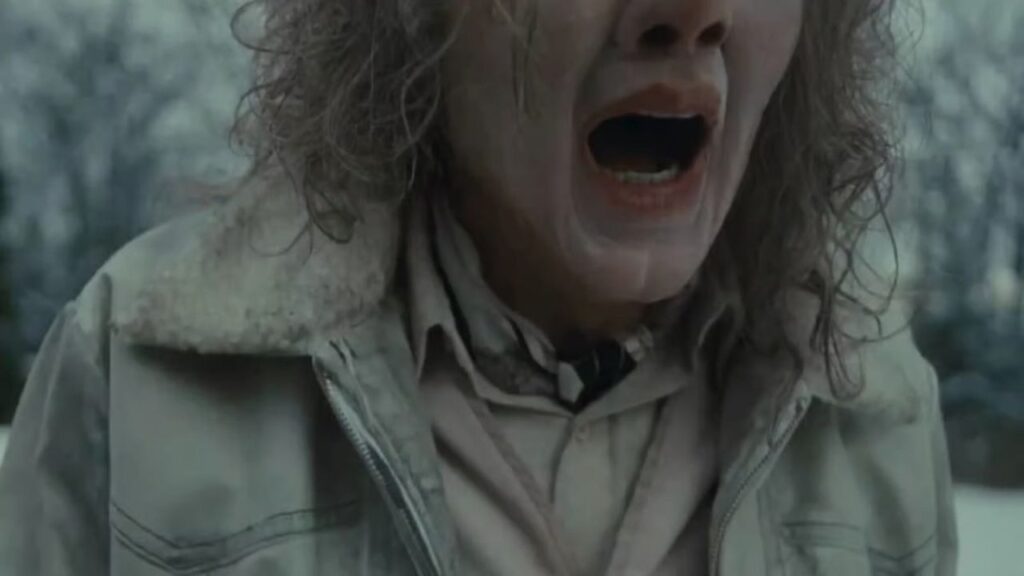
So why do these campaigns work so well? While marketing for films is ubiquitous, it seems to have a particularly strong grip on audiences when it comes to horror. My speculation is this: there is a peculiar satisfaction in being part of something surreal. Horror, arguably, is rooted in immersion – to truly be terrified requires a fully immersive experience. Therefore, when the marketing consistently draws you into the diegetic world, you gradually start to feel as though you’re part of it too. The idea that you’re living in the same universe as these horror films is absolutely chilling and unsettling. It is in this subtle fusion of reality and fiction that the intended terror truly begins to creep under your skin.
Such innovative tactics obviously sell and are in high demand. They also seem like a win-win situation; with studios making money, and audiences gaining an unprecedented experience. The biggest challenge, however, lies in whether the film lives up to the expectations set by its own marketing. With such engaging campaigns, hopes and stakes are undeniably raised. The film is naturally expected to be good, but if it falls short, the disappointment hits twice as hard.
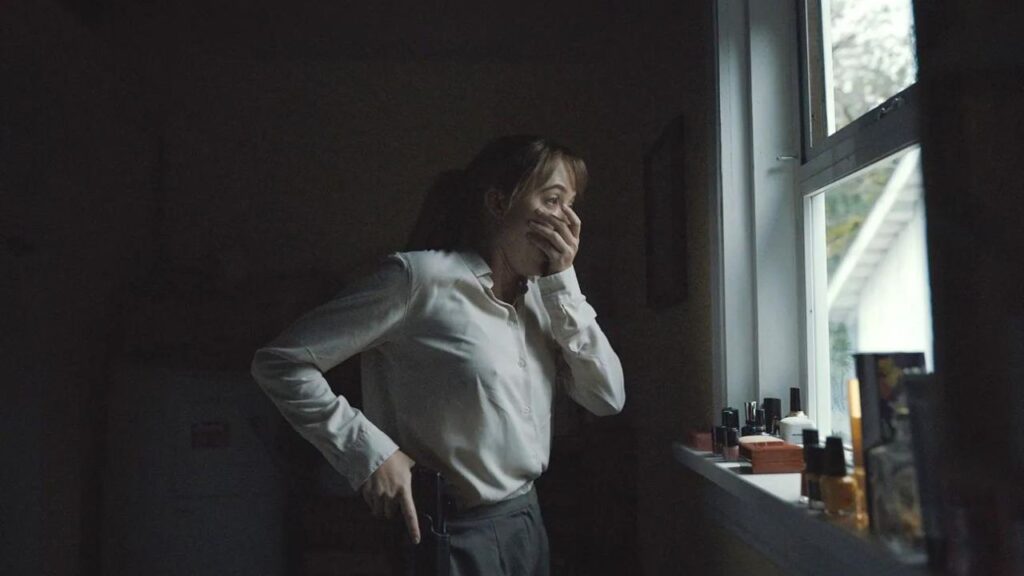
Longlegs is currently in cinemas, and opinions have never been more divided. Some viewers agree with the marketing’s claim of it being “the scariest movie of the year,” while others have left disappointed. As someone who was deeply invested in the content from the beginning, even though the movie did not entirely meet my expectations, I still want to give credit to the thoughtful marketing for crafting such an engaging buildup.
Horror films seldom receive the flowers they deserve; the Academy’s neglect of the genre being a well-known fact. Yet, it’s remarkable that these films are building a stronger name for themselves through their clever and exciting marketing. They are efforts that do not go to waste.
